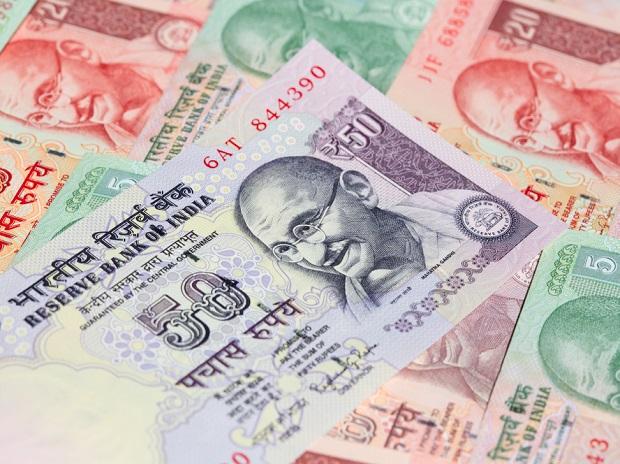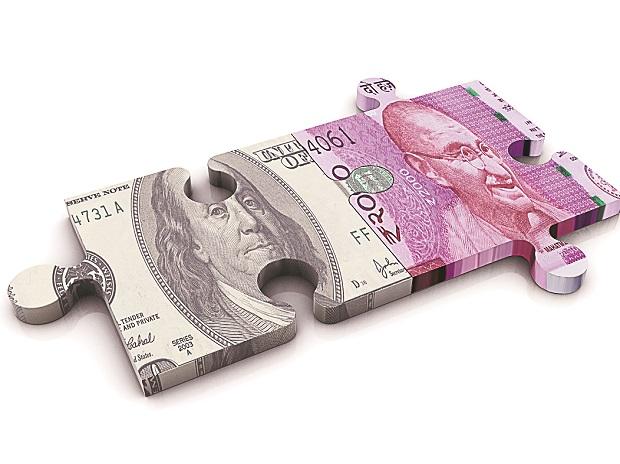The cash declined 2.2% this quarter as worldwide assets pulled $4 billion of capital out of the nation's securities exchange, the most among provincial business sectors where information is accessible.
The Indian
rupee is set to end a wild year as Asia's most exceedingly terrible performing
cash with unfamiliar assets escaping the country's stocks.
The cash
declined 2.2% this quarter as worldwide assets pulled $4 billion of capital out
of the nation's financial exchange, the most among local business sectors where
information is accessible.
Outsiders
sold Indian stocks as Goldman Sachs Group Inc. what's more Nomura Holdings Inc.
as of late brought down their standpoint for values, refering to elevated
valuations, when worries about the omicron infection variation are irritating
the worldwide business sectors. Record-high import/export imbalance and the
national bank's arrangement uniqueness with the Federal Reserve have likewise
encroached on the rupee's convey advance.
"The
financial arrangement dissimilarity and extending current record hole have set
devaluation in the rupee in the close to term," said B. Prasanna, head of
worldwide business sectors, deals, exchanging and research at ICICI Bank Ltd in
Mumbai. Know
More






